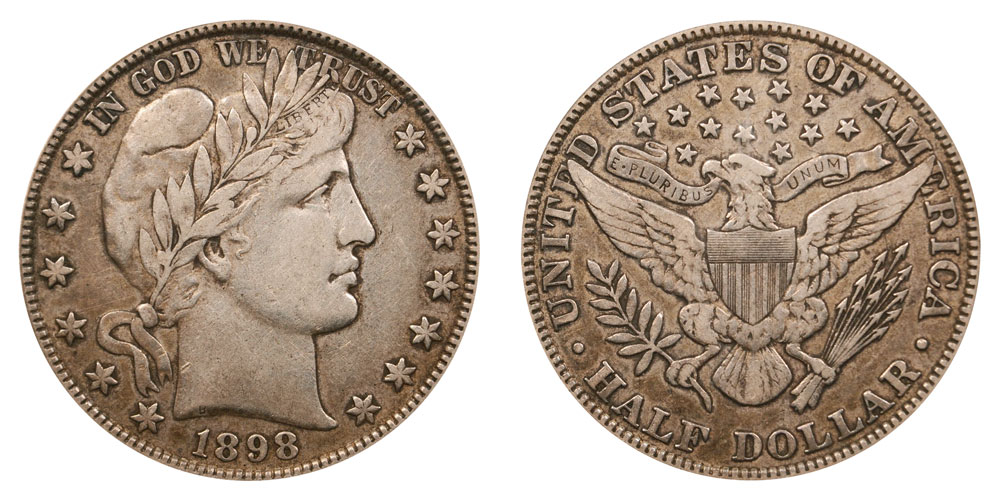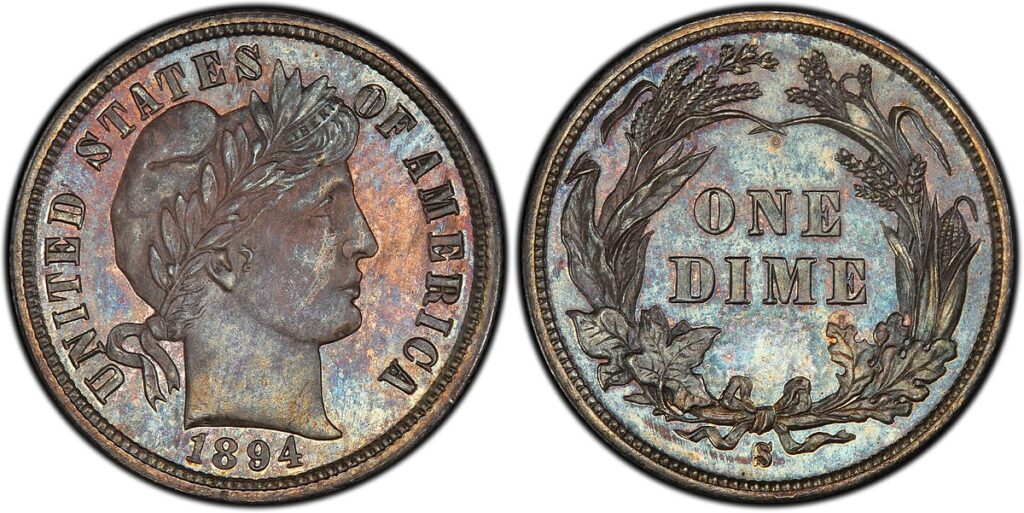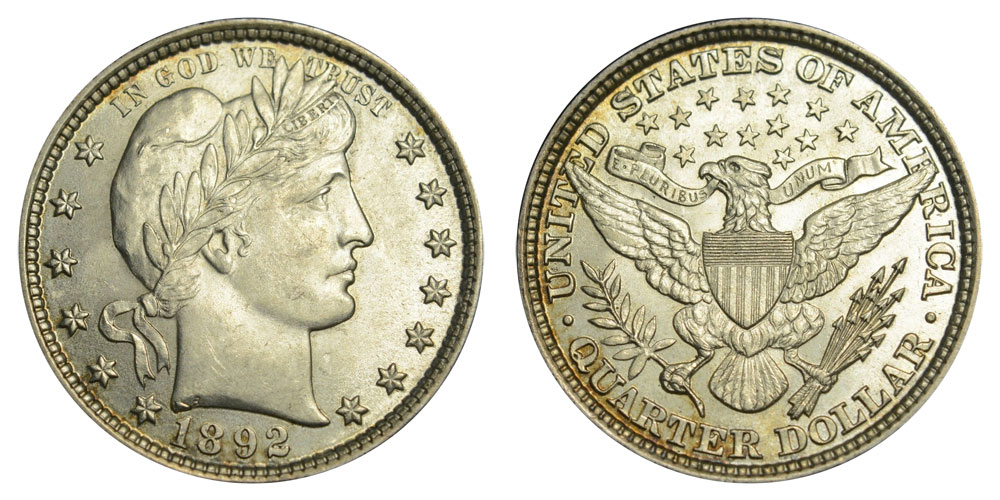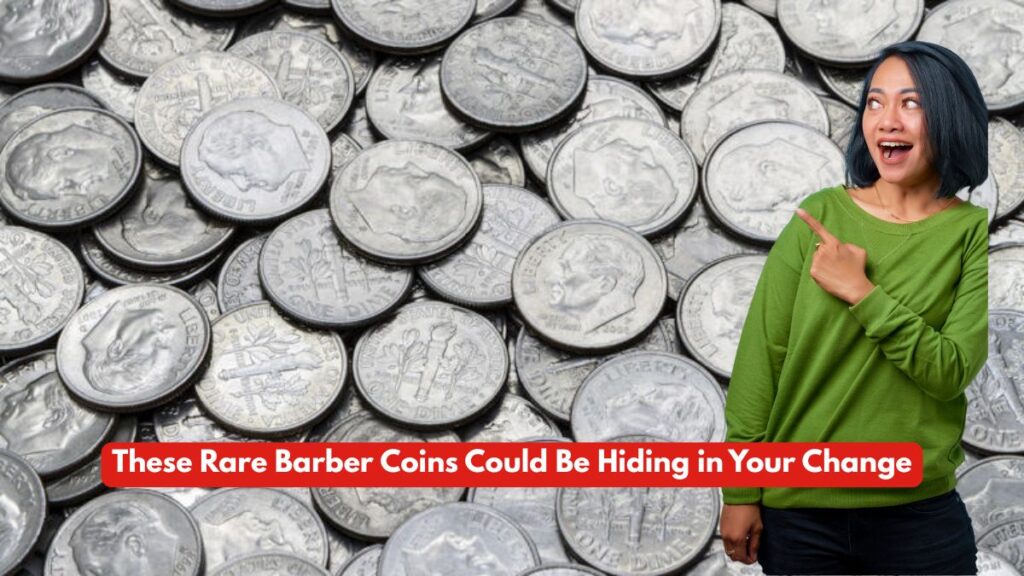If you’ve ever sorted through spare change or inherited an old coin collection, you may unknowingly be holding onto a small fortune. Among the most sought-after coins in U.S. history are Barber coins, a trio of dimes, quarters, and half dollars minted between 1892 and 1916. With a classical design and a growing market demand among collectors, spotting one of these could be a financial windfall.
What Are Barber Coins?
Barber coins are named after Charles E. Barber, the Chief Engraver of the U.S. Mint who designed the coins. This coin series includes:
- Barber Dime (1892–1916)
- Barber Quarter (1892–1916)
- Barber Half Dollar (1892–1915)

Each features the profile of Liberty wearing a laurel wreath on the obverse (front), and either a wreath (on the dime) or a heraldic eagle (on quarters and half dollars) on the reverse (back).
These coins were minted in Philadelphia, San Francisco, New Orleans, and Denver, with mint marks located beneath the wreath or the eagle, depending on the denomination.
More about the Barber coin series is available from the U.S. Mint’s historical archives.
Why Are Barber Coins Valuable?
While many Barber coins are still relatively common, certain dates and mint mark combinations are incredibly rare, making them highly valuable to collectors.
🔥 Most Valuable Barber Coins:
- 1894-S Barber Dime: Only 24 were minted. One of the rarest U.S. coins, worth millions at auction.
👉 Read more on the 1894-S at PCGS - Key Quarters to Watch For:
- 1896-S
- 1901-S
- 1913-S
- Valuable Half Dollars:
- 1892-O “Micro O”
- 1892-S
- 1897-O
- 1913
- 1915
Coins with low mintage or in high grade (uncirculated condition) can fetch anywhere from hundreds to tens of thousands of dollars. To check current market values, use trusted sites like NGC Coin Explorer or PCGS Price Guide.

How to Spot a Barber Coin in Your Change
Barber coins may look similar to other vintage coins, but you can distinguish them with a few key features:
- Obverse (Front): Liberty’s profile faces right, wearing a laurel wreath and a band that reads “LIBERTY.”
- Reverse (Back):
- Dimes: A simple wreath surrounds the words “ONE DIME.”
- Quarters and Halves: An eagle holds an olive branch and arrows, with “E PLURIBUS UNUM” above.
- Check the Date: All Barber coins were minted from 1892 to 1916.
- Look for Mint Marks:
- “O” = New Orleans
- “S” = San Francisco
- “D” = Denver
- No mark = Philadelphia
A jeweler’s loupe or magnifying glass can help spot small date and mint details.
Tips for Selling or Appraising Barber Coins
- Don’t Clean the Coin – Cleaning can damage the surface and drastically reduce value.
- Grade the Coin – Use services like Professional Coin Grading Service (PCGS) or Numismatic Guaranty Company (NGC) to authenticate and grade your coin.
- Visit a Dealer – Look for dealers registered with the American Numismatic Association (ANA) or reputable auction houses.
How to Avoid Scams
With high-value coins, scammers are always nearby. Make sure to:
- Verify dealers through the ANA or Better Business Bureau
- Avoid “we buy gold” stores unless they specialize in numismatics
- Use insured shipping if mailing coins to graders or dealers

Final Thoughts
Barber coins aren’t just historic artifacts—they could also be your ticket to a windfall. With many hiding in old jars, inherited stashes, or antique shops, now’s the time to check your change. Even one rare date could be worth thousands if properly identified and sold.
Start your search, inspect those old coins, and you just might cash in on a piece of American numismatic history.
This article has been carefully fact-checked by our editorial team to ensure accuracy and eliminate any misleading information. We are committed to maintaining the highest standards of integrity in our content.

Himanshu Sharma writes for Weekend Spy, focusing on recruitment, government schemes, and current affairs. He is dedicated to making complex information accessible to readers.
Himanshu enjoys playing chess, hiking, and trying new recipes, always seeking ways to combine his love for writing with his passion for exploration. Connect with Drop him an email at [email protected].







